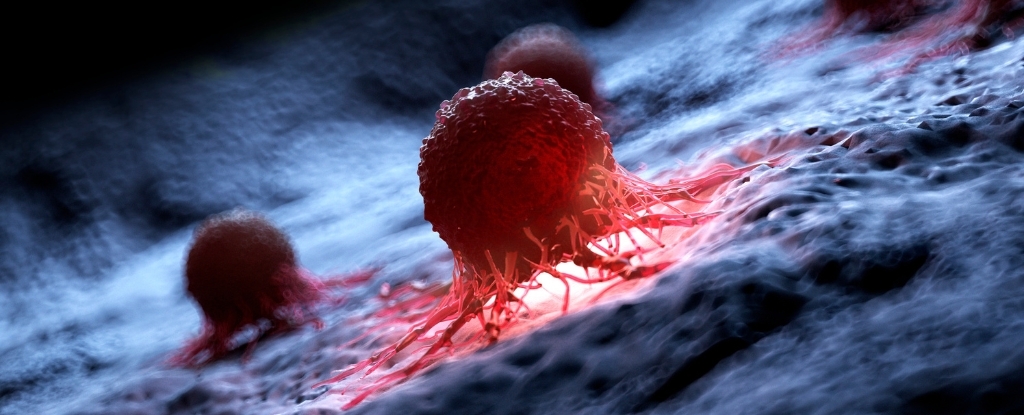A unique gravity map of Mars has been unveiled by scientists at the Europlanet Science Congress 2024. This map reveals the presence of significant structures beneath Mars’ ancient ocean and highlights how mantle processes are influencing Olympus Mons, the largest volcano in the Solar System. The study draws on data from NASA’s InSIGHT (Interior Exploration using Seismic Investigations, Geodesy and Heat Transport) mission and small satellite deviations.
Reevaluating Martian Geology
The upcoming paper, “The global gravity field of Mars reveals an active interior,” led by Bart Root from Delft University of Technology and published in Universe Today, challenges established geological theories. It questions the concept of flexural isostasy, which traditionally describes how a planet’s lithosphere, comprising the crust and upper mantle, reacts to large-scale loading.
On Earth, such loading typically causes a downward bending of the lithosphere, with surrounding areas uplifted slightly. However, Mars’ Tharsis Montes, a vast volcanic region, contradicts this model. Instead of sinking, Tharsis Montes is notably elevated.
Mars’ Hidden Features
The researchers suggest that active processes within Mars’ mantle are pushing Tharsis Montes upward, according to a Science Alert report. They identified a large mass approximately 1,750 kilometres across and 1,100 kilometres deep, likely a mantle plume exerting enough force to counteract the downward pressure from the volcanic region’s mass.
Additionally, the study uncovered dense, mysterious structures beneath Mars’ northern polar plains. These anomalies, buried under a smooth sediment layer, are around 300–400 kg/m³ denser than their surroundings. While similar structures on Earth’s Moon are linked to impact basins, Mars’ northern hemisphere anomalies show no such surface traces.
Future Exploration Plans
To further investigate these enigmatic structures and Mars’ gravity, the researchers advocate for the Martian Quantum Gravity (MaQuls) mission. Dr. Lisa Wörner from the German Aerospace Center (DLR), who presented the mission at EPSC2024, explained that MaQuls would employ technology akin to that used in the GRAIL and GRACE missions. This mission could provide deeper insights into Mars’ subsurface features and ongoing mantle convection, improving our understanding of the planet’s dynamic processes.





